Chengdu

Tourism Sites
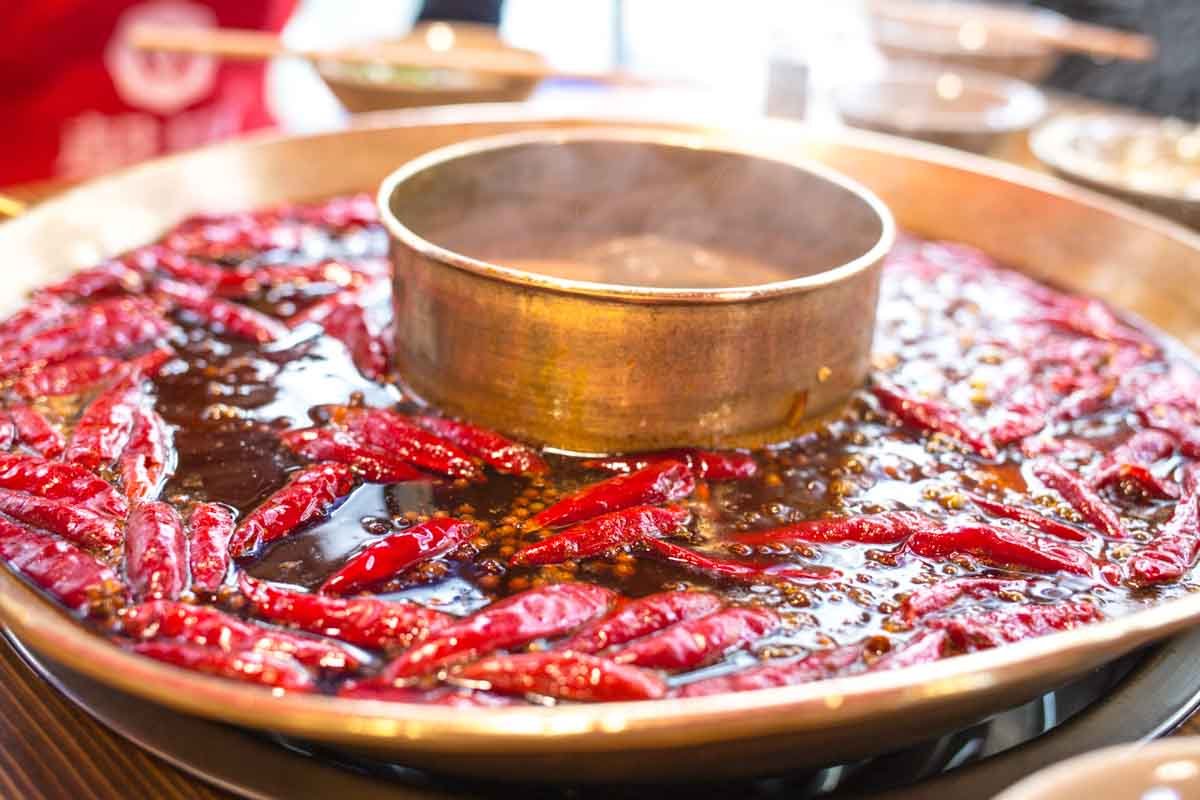
Chengdu Hotpot Experience
🧠 Fact: Sichuan hotpot is known for its numbing and spicy flavor.
💡 Tip: Start with the "yuan yang" (half-spicy) pot if you're new.
Info - No trip to Chengdu is complete without diving into its legendary hotpot culture. Known for its fiery broth infused with Sichuan peppercorns, chili oil, and bold aromatics, Chengdu hotpot is a sensory adventure. Diners cook meats, vegetables, tofu, and noodles in bubbling pots right at the table, adjusting spice levels to their taste. The experience is interactive and social, ideal for gathering with friends or meeting locals. Choose from classic venues like Shu DaXia or trendy hotpot chains. Whether you love spice or prefer milder flavors, hotpot offers a flavorful taste of Chengdu’s bold and communal food culture.
- 📍 China , Chengdu, Sichuan Province
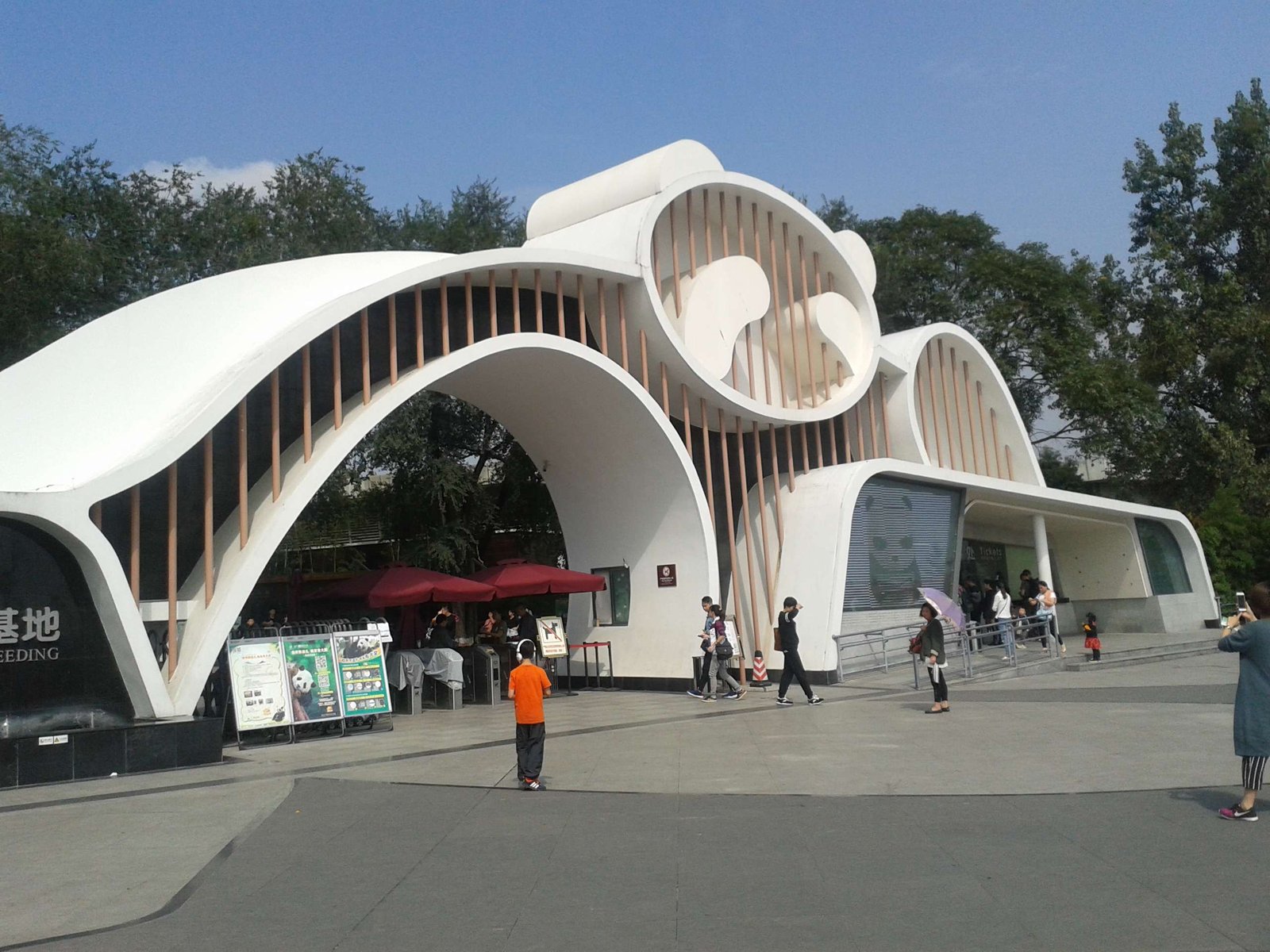
Chengdu Research Base of Giant Panda Breeding
🧠 Fact: : Home to over 150 giant pandas in a naturalistic habitat.
💡 Tip: : Visit in the morning when pandas are most active.
Info - The Chengdu Research Base of Giant Panda Breeding is one of China’s most beloved conservation centers, dedicated to protecting and studying endangered giant pandas. Located just outside Chengdu, the base offers visitors a rare opportunity to observe these adorable creatures up close in a naturalistic environment. Beyond pandas, it also houses red pandas and other native species. The lush bamboo forests, serene pathways, and educational exhibits make it a must-visit for animal lovers. Arriving early ensures the best chance to see the pandas at their most active during feeding and playful morning hours.
- 📍 China , Chengdu, Sichuan Province

Dujiangyan Irrigation System
🧠 Fact: An ancient irrigation system still in use today.
💡 Tip: Best combined with a trip to Mount Qingcheng.
Info - The Dujiangyan Irrigation System is an ancient marvel of Chinese engineering, located near Chengdu. Built over 2,200 years ago during the Qin Dynasty, it’s the oldest functioning irrigation project in the world. Designed by engineer Li Bing, the system controls flooding and distributes water to the fertile Chengdu Plain without the need for dams. Visitors can explore scenic bridges, pavilions, and temples while learning about its innovative water management techniques. Set against a backdrop of rivers and green hills, Dujiangyan is both a UNESCO World Heritage site and a fascinating glimpse into China’s agricultural heritage and ingenuity.
- 📍 China , Chengdu, Sichuan Province
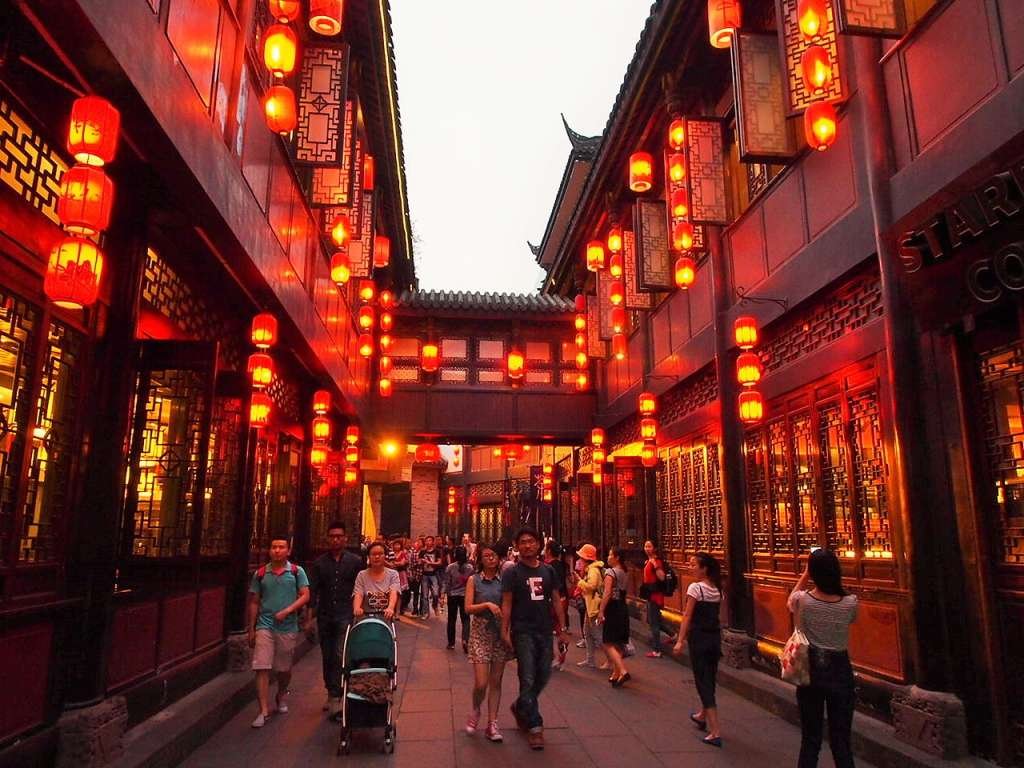
Jinli Ancient Street
🧠 Fact: A bustling street with traditional snacks and local crafts.
💡 Tip: Great spot for souvenirs and local-style photos.
Info - Jinli Ancient Street, a lively pedestrian area in Chengdu, captures the charm of traditional Sichuan culture. Dating back to the Qin Dynasty, this restored marketplace is known for its classic Qing-style architecture, ornate lanterns, and bustling atmosphere. Visitors can sample local delicacies, browse handcrafted souvenirs, and watch traditional performances like Sichuan opera and shadow puppetry. The street comes alive at night, with glowing lights reflecting off cobblestone paths and food stalls offering spicy treats. Jinli’s unique blend of history, culture, and street food makes it a favorite stop for travelers seeking an authentic Chengdu experience.
- 📍 China , Chengdu, Sichuan Province
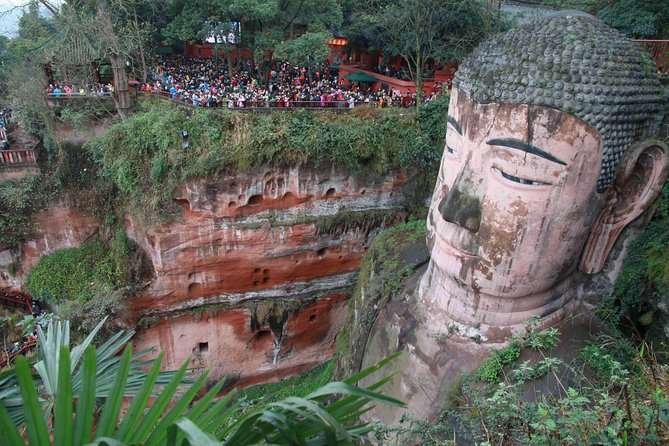
Leshan Giant Buddha (Day Trip)
🧠 Fact: : The world's largest stone Buddha statue, carved into a cliff.
💡 Tip: : A boat tour offers the best view of the full sculpture.
Info - A UNESCO World Heritage site, the Leshan Giant Buddha is the largest stone Buddha in the world, carved into a cliff at the confluence of three rivers. Standing 71 meters tall, this colossal figure has gazed serenely over the landscape for over 1,300 years. Just a 1.5- to 2-hour trip from Chengdu, it’s an ideal day excursion. Visitors can view the Buddha by hiking down cliffside steps or via boat for full panoramic views. The surrounding Mount Emei area offers temples and forested paths, making it a deeply spiritual and scenic outing rich with cultural and natural beauty.
- 📍 China , Chengdu, Sichuan Province
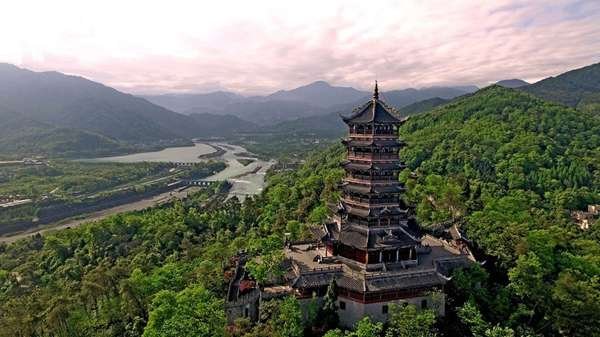
Mount Qingcheng
🧠 Fact: : Birthplace of Taoism with tranquil trails and ancient temples.
💡 Tip: Take the cable car for scenic views and an easier hike.
Info - Mount Qingcheng is one of the birthplaces of Taoism and a serene retreat from bustling Chengdu. Known for its dense, misty forests and ancient Taoist temples, the mountain offers a peaceful escape steeped in spirituality and legend. Visitors can explore winding stone paths, centuries-old shrines, and tranquil pavilions while enjoying panoramic views of the surrounding Sichuan countryside. Popular spots include the Jianfu Palace and Shangqing Palace. The mountain is also famous for its role in traditional Chinese philosophy and martial arts. Easily accessible via cable car and scenic hikes, it’s a must-see for nature and culture enthusiasts.
- 📍 China , Chengdu, Sichuan Province
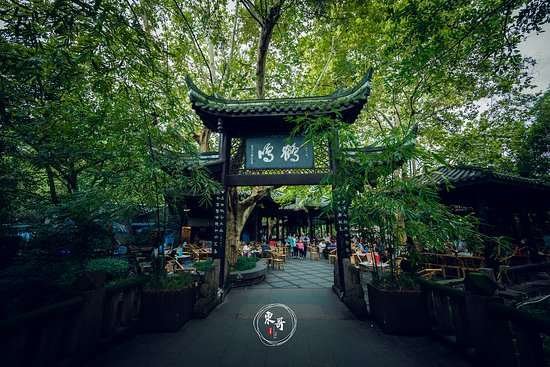
People’s Park & Tea House
🧠 Fact: A local spot to experience Sichuan’s laid-back tea culture.
💡 Tip: Try an ear-cleaning service—it's a local tradition!
Info - People’s Park in central Chengdu offers a vibrant slice of local life. It’s a place where residents come to dance, sing, play mahjong, or simply relax. The real gem is the open-air tea houses nestled within, especially the famous Heming Teahouse. Here, visitors can sip jasmine tea, watch ear-cleaners at work, and soak in Chengdu’s laid-back atmosphere. On weekends, the park’s “marriage market” and tai chi groups add extra charm. People’s Park is perfect for travelers wanting to slow down, observe daily life, and experience the city’s relaxed rhythm alongside friendly locals.
- 📍 China , Chengdu, Sichuan Province
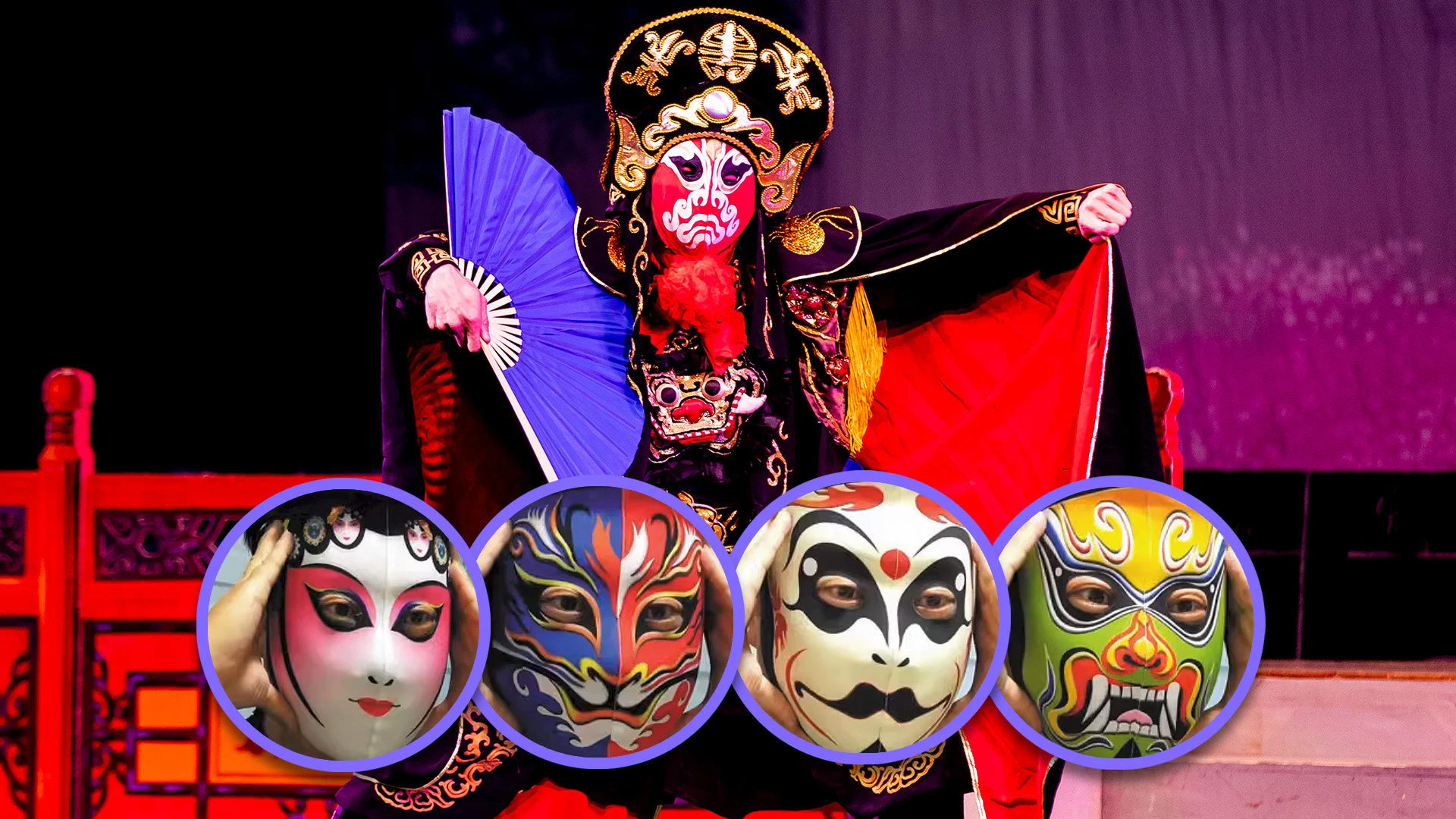
Sichuan Opera & Face-Changing Show
🧠 Fact: Famous for its fast-paced face-changing performance art.
💡 Tip: Book seats in advance at Shufengyayun Theater.
Info - The Sichuan Opera is a colorful, high-energy performance known for its mesmerizing face-changing (bian lian) technique, where performers change painted masks in a split second. This traditional art combines drama, comedy, music, acrobatics, and pyrotechnics into an unforgettable cultural spectacle. Held in intimate teahouses and theaters throughout Chengdu, the shows provide insight into local heritage with a modern twist. It’s both entertaining and symbolic, reflecting ancient storytelling traditions. The fast-paced magic of face-changing stuns audiences of all ages, making it a must-see performance that leaves visitors marveling at the skill and secrecy behind the art form.
- 📍 China , Chengdu, Sichuan Province
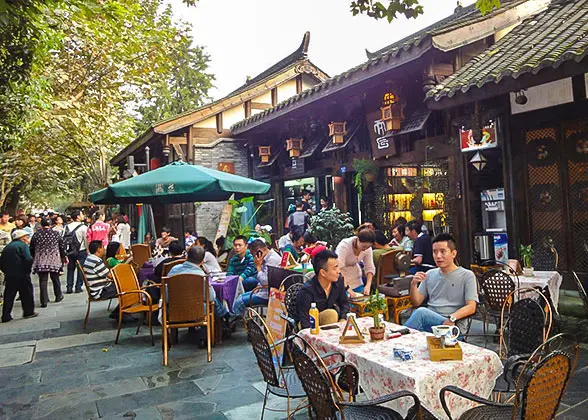
Wide and Narrow Alleys (Kuanzhai Xiangzi)
🧠 Fact: : Historic alleyways with restored Qing Dynasty architecture.
💡 Tip: Go in the evening for lights, snacks, and live shows.
Info - The Wide and Narrow Alleys, known locally as Kuanzhai Xiangzi, are a trio of historic lanes that blend Qing Dynasty architecture with modern Chengdu charm. “Wide” alleys showcase traditional courtyard homes and boutique cafes, while “Narrow” alleys are lined with trendy shops and street food stalls. The third, “Well” alley, highlights local life and art. The area buzzes with energy, offering a perfect mix of culture, cuisine, and photo-worthy spots. By day it’s great for exploring and shopping; by night, it transforms into a lively area of lights and music. Kuanzhai is Chengdu’s cultural pulse in one compact stroll.
- 📍 China , Chengdu, Sichuan Province
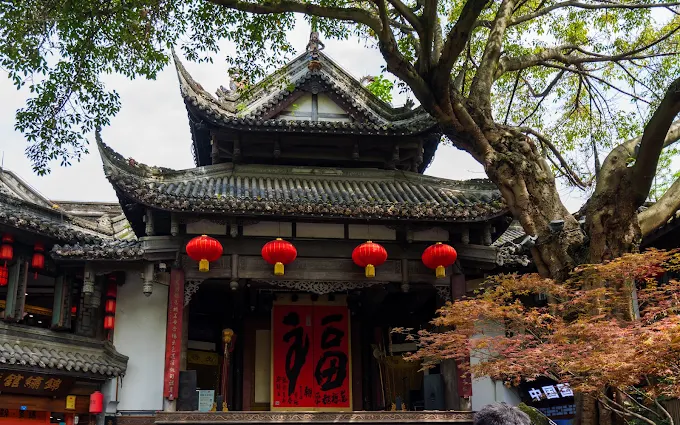
Wuhou Shrine (Temple of Marquis Wu)
🧠 Fact: Dedicated to Zhuge Liang, a revered strategist from the Three Kingdoms period.
💡 Tip: Combine with a stroll through Jinli Street next door.
Info - Wuhou Shrine, also known as the Temple of Marquis Wu, honors Zhuge Liang, a revered strategist of the Three Kingdoms period. Set in lush gardens in southern Chengdu, this historical site reflects deep cultural and historical significance. The complex features ancient statues, calligraphy, and tombs of notable figures from the Shu Han state, including Liu Bei. Walking through its traditional courtyards and shaded pathways feels like stepping into ancient history. The shrine is especially beautiful in spring, with blooming flowers adding to the tranquil atmosphere. It’s a peaceful place for history lovers and cultural explorers alike.
- 📍 China , Chengdu, Sichuan Province
